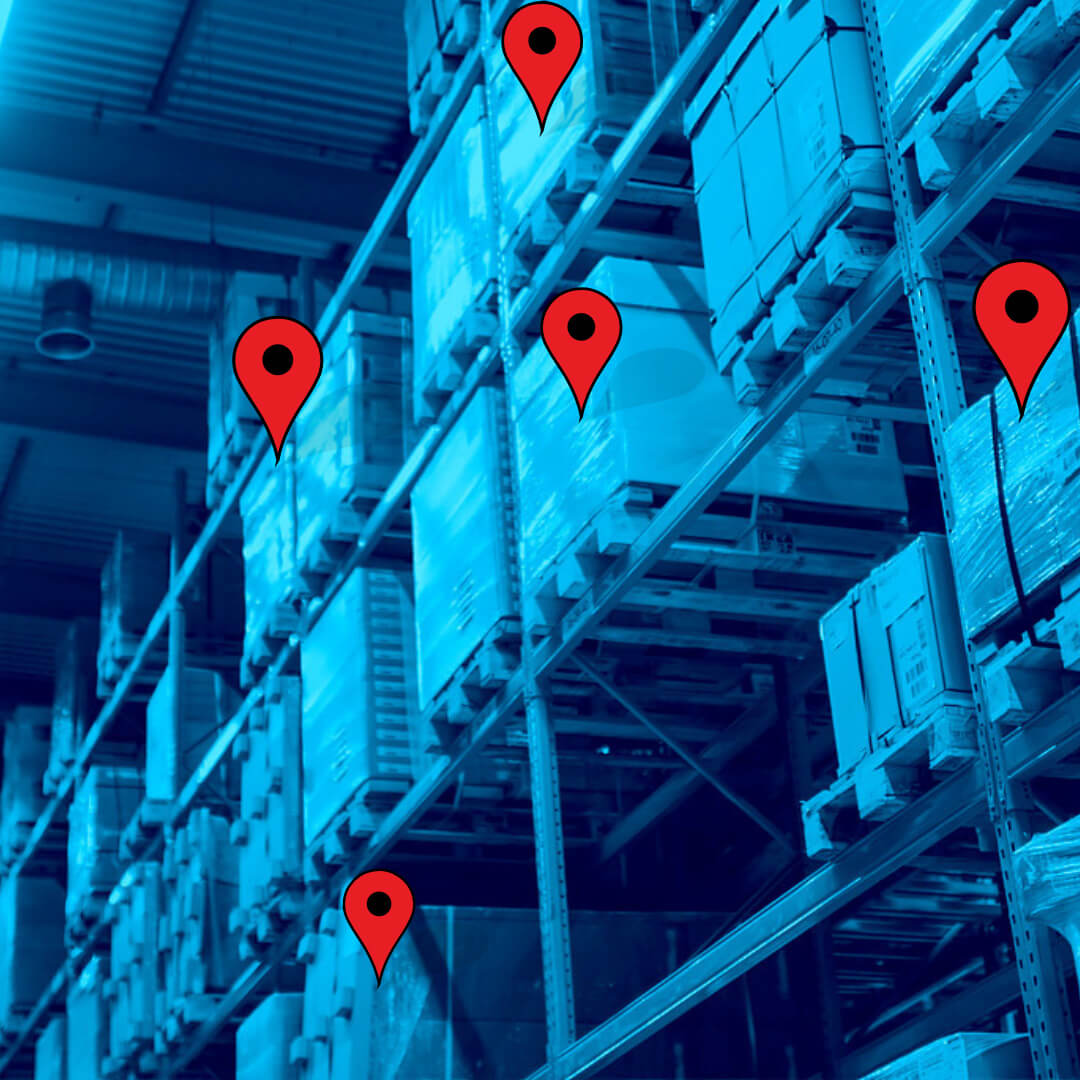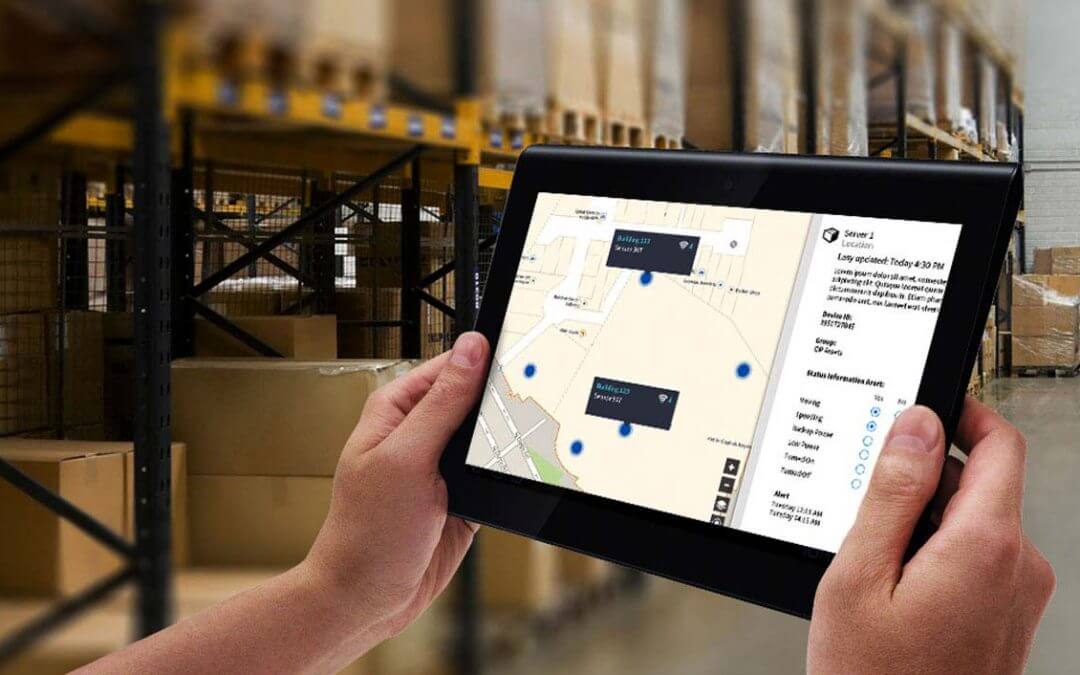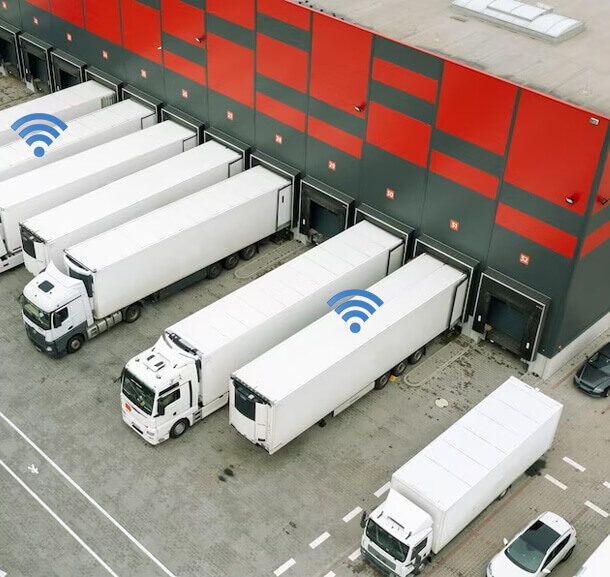- SolutionsIncrease ProfitsSimplify safety and compliance
- Fuel Saving
- Maintenance savings
- Optimized operations
- Successful temperature-sensitive deliveries
- ELD & DVIR
- Reduced litigations with AI Dashcam
- Variety of automated reports
- Driver scorecard & safe driving reports
- Accident reduction with on-demand & real-time AI video
- Tire pressure safeguarding
- Real-time tracking for theft prevention
- Industries
- Products
- Prices
- Resources
- Company
- Solutions
- Fuel Saving
- Maintenance savings
- Optimized operations
- Successful temperature-sensitive deliveries
- ELD & DVIR
- Reduced litigations with AI Dashcam
- Variety of automated reports
- Driver scorecard & safe driving reports
- Accident reduction with on-demand & real-time AI video
- Tire pressure safeguarding
- Real-time tracking for theft prevention
- Industries
- Products
- Prices
- Resources
- Company
- SolutionsIncrease ProfitsSimplify safety and compliance
- Fuel Saving
- Maintenance savings
- Optimized operations
- Successful temperature-sensitive deliveries
- ELD & DVIR
- Reduced litigations with AI Dashcam
- Variety of automated reports
- Driver scorecard & safe driving reports
- Accident reduction with on-demand & real-time AI video
- Tire pressure safeguarding
- Real-time tracking for theft prevention
- Industries
- Products
- Prices
- Resources
- Company
Construction Tool Monitoring BLE Technology
Eugene Fedorenko
April 27, 2023The construction industry is constantly evolving, with new technologies and methods emerging to increase efficiency and productivity. One such technology that has been gaining popularity is asset tracking, which allows construction companies to keep track of their tools, equipment, and materials. With the rise of Bluetooth Low Energy (BLE) technology, asset tracking has become even more accessible and effective.
With BLE asset detector, construction companies can improve efficiency and productivity, reduce the risk of lost or stolen assets, and ultimately save time and money.

How BLE Asset Tracking Works
Bluetooth Low Energy (BLE) technology is a wireless communication protocol that allows devices to transmit and receive data over short distances. BLE was developed as an alternative to traditional Bluetooth technology, which consumes more power and has a shorter range.
BLE devices are designed to consume very little power, making them ideal for use in small, battery-powered devices like asset trackers. BLE uses radio waves to transmit data between devices and can operate at distances of up to 80 meters, depending on the environment. BLE is becoming increasingly popular in asset tracking applications due to its low power consumption and ability to work with a wide range of devices.
Benefits of BLE Asset Tracking in Construction
Real-time tracking of expensive tools and equipment
- Accurate location tracking: With real-time tracking, construction companies can know the exact location of their tools and equipment, even if they are constantly moving from one job site to another.
- Prevents loss and theft: Real-time tracking allows companies to keep an eye on their assets at all times, reducing the risk of loss or theft.
- Increases efficiency: Knowing the real-time location of tools and equipment means less time spent searching for them, resulting in increased efficiency and productivity.
- Prevents downtime: Real-time tracking can help prevent downtime caused by lost or misplaced tools, which can lead to delays in completing projects
- Improves asset utilization: Real-time tracking can help companies identify underutilized tools and equipment, enabling them to make better decisions on when to rent, buy, or sell.
- Simplifies inventory management: By using BLE asset tracking, companies can streamline their inventory management processes by quickly identifying which tools and equipment are available at any given time.
- Promotes better maintenance: Real-time tracking allows companies to monitor equipment usage and schedule maintenance when needed, ensuring that tools and equipment are in good working order and reducing the risk of breakdowns or malfunctions.
Enhanced efficiency and productivity through accurate tracking
- Improved scheduling: With real-time asset tracking, construction managers can easily schedule equipment and tools for upcoming tasks without any delay or confusion, which results in increased efficiency.
- Reduced downtime: Accurate tracking can prevent equipment downtime, as managers can quickly identify the location of the equipment that needs maintenance or repair and address the issue before it becomes a major problem.
- Efficient resource allocation: BLE asset tracking helps in identifying underutilized assets, allowing managers to allocate them more efficiently and eliminate the need for additional equipment purchases.
- Faster project completion: By reducing the time spent searching for equipment and tools, construction projects can be completed on time or even ahead of schedule, saving time and money.
- Better resource planning: Accurate asset tracking data can be used to create a comprehensive inventory of all equipment and tools, making it easier for construction companies to plan for future projects and budget accordingly.
Improved asset management and preventive maintenance
- Accurate asset tracking allows for better planning and scheduling of maintenance tasks, reducing downtime and increasing overall efficiency.
- Historical data on asset usage can be used to identify trends and make data-driven decisions on maintenance and replacement schedules.
- Alerts for maintenance tasks can be set up in advance, ensuring that routine maintenance is performed on time and that issues are detected early.
- Improved asset management can lead to increased lifespan of assets, reducing replacement costs.
- Better visibility into asset usage and maintenance can improve compliance with safety regulations and standards, reducing the risk of accidents and penalties.
Reduction in equipment loss and theft
- Real-time alerts: BLE asset tracking can notify managers immediately when equipment moves outside of a designated area, helping to prevent theft.
- Faster recovery: In case of theft, the real-time tracking can help recover stolen equipment more quickly.
- Deterrence effect: The presence of asset tracking technology can act as a deterrent against theft.
- More accurate inventory: Asset tracking can help construction companies maintain a more accurate inventory of their equipment, making it easier to detect missing items.
- Reduced insurance costs: By reducing the risk of theft, companies may be able to negotiate lower insurance premiums.
- Improved safety: Tracking equipment locations can help ensure that they are not left in potentially unsafe locations, reducing the risk of accidents.
- Improved accountability: Asset tracking can help hold employees accountable for equipment use and prevent unauthorized usage or transfers.
- Improved maintenance: Knowing where equipment is located can help ensure that it is properly maintained and serviced, reducing the risk of equipment failure or breakdowns.
Cost savings in equipment replacement and repairs
- Accurate tracking helps prevent loss and damage to equipment, reducing the need for costly replacements.
- Early detection of equipment issues through monitoring can prevent expensive breakdowns and repairs.
- Predictive maintenance can be implemented based on usage patterns and data, reducing the need for reactive repairs.
- Accurate inventory tracking reduces the need for purchasing unnecessary equipment, leading to cost savings.
- Asset utilization data can help identify underutilized equipment and prevent unnecessary purchases.
- Real-time location tracking can help prevent theft and unauthorized use of equipment, reducing replacement costs.
- Improved asset maintenance can increase the lifespan of equipment, reducing the need for replacements.
- Data analytics can provide insights into the most efficient and cost-effective use of equipment, leading to cost savings.
- Accurate data on equipment usage can help negotiate better insurance rates, reducing overall costs.
- Improved equipment management through asset tracking can lead to lower administrative costs and streamlined operations.
Successful Implementations of BLE Asset Tracking in Construction
Case studies of successful implementations of BLE asset tracking in construction can provide valuable insights into the benefits and challenges of this technology. Here are some examples of construction companies that have used BLE asset tracking, the results they achieved, and the lessons they learned:
- Skanska USA: Skanska, a leading construction company in the US, implemented BLE asset tracking to monitor the location and usage of equipment and tools on job sites. This led to a 20% reduction in equipment loss and theft, as well as improved productivity and better asset management.
- Mortenson Construction: Mortenson used BLE asset tracking to monitor the location and usage of tools and equipment on a large-scale construction project. This allowed them to optimize equipment usage, reduce idle time, and increase efficiency, resulting in significant cost savings and improved productivity.
- Clark Construction: Clark used BLE asset tracking to monitor the location and usage of equipment on a major renovation project. This led to improved asset management and preventive maintenance, as well as better communication and collaboration among project teams.
The benefits realized by these companies include improved efficiency and productivity, reduced equipment loss and theft, better asset management and preventive maintenance, and cost savings in equipment replacement and repairs.Lessons learned from these implementations include the importance of proper planning and training, the need for clear communication and collaboration among project teams, and the value of data analytics and reporting for optimizing asset usage and performance.
Overall, these case studies demonstrate the potential of BLE asset detector to revolutionize asset management in the construction industry, leading to improved productivity, cost savings, and better project outcomes.
Factors to consider when implementing a BLE tracking system:
- Define your asset tracking needs and objectives, and ensure that BLE is the right technology for your specific use case.
- Assess the infrastructure and environment where the system will be implemented to ensure optimal performance and coverage.
- Consider the scalability of the system, both in terms of adding more assets and accommodating potential growth of the business.
Choosing the right hardware and software:
- Select BLE tags that are suitable for the type of assets being tracked, taking into account factors such as size, durability, battery life, and transmission range.
- Evaluate different software solutions based on their features, ease of use, compatibility with your hardware, and pricing.
- Ensure that the hardware and software components are compatible with each other and can be easily integrated to form a seamless tracking system.
Integration with existing systems and workflows:
- Assess the compatibility of the BLE asset tracking system with existing software and tools used by the business.
- Identify potential integration points and plan for the necessary customization and configuration to ensure smooth integration
- Train employees on how to use the new system and incorporate it into their daily workflows.
Conclusion
In conclusion, Bluetooth Low Energy (BLE) asset tracking is a powerful solution for the construction industry, providing real-time tracking, improved efficiency, and cost savings. With BLE technology, construction companies can accurately locate their assets and equipment, reduce the risk of loss or theft, and improve asset management and maintenance. Case studies have shown successful implementations of BLE asset detector in construction, resulting in improved productivity and profitability.However, the successful implementation and integration of a BLE asset tracking system require careful consideration of factors such as hardware and software selection, integration with existing workflows, and training of employees.Companies must choose a reliable and user-friendly solution provider to ensure a smooth and efficient implementation.
PosiTrace is a leading provider of BLE asset tracking solutions, offering a comprehensive system for monitoring assets using BLE tags. Their solution offers real-time tracking, detailed asset history tracking, notifications for asset detection and loss, and a variety of automated reports and alerts. PosiTrace provides a user-friendly interface, easy integration with existing workflows, and comprehensive training and support for employees.
By partnering with PosiTrace, construction companies can effectively implement BLE asset detector and enjoy the benefits of increased efficiency, reduced costs, and improved asset management.

Frequently Asked Questions
How does BLE equipment detection help in reducing equipment loss and theft in the construction industry?
BLE equipment detectors use wireless technology to create connections between assets and a tracker, allowing businesses to track the location of their assets in real-time. This helps in reducing equipment loss and theft as businesses can monitor their equipment constantly and receive notifications when an asset is detected or lost.
Can BLE equipment detection improve the efficiency and productivity of construction projects?
Yes, BLE equipment detection can improve the efficiency and productivity of construction projects by providing real-time tracking of expensive tools and equipment. This enables businesses to manage their assets more effectively, reduce downtime, and avoid delays.
What are some factors to consider when implementing a BLE equipment tracking system in the construction industry?
Some factors to consider when implementing a BLE equipment tracking system in the construction industry include choosing the right hardware and software, integrating the system with existing workflows and systems, training and onboarding employees, and ensuring data security and privacy.
How can BLE equipment detection benefit construction companies in terms of cost savings?
BLE equipment detection can benefit construction companies in terms of cost savings by reducing the need for equipment replacement and repairs. By monitoring equipment and identifying issues early on, businesses can perform preventive maintenance and avoid costly repairs or replacements.

